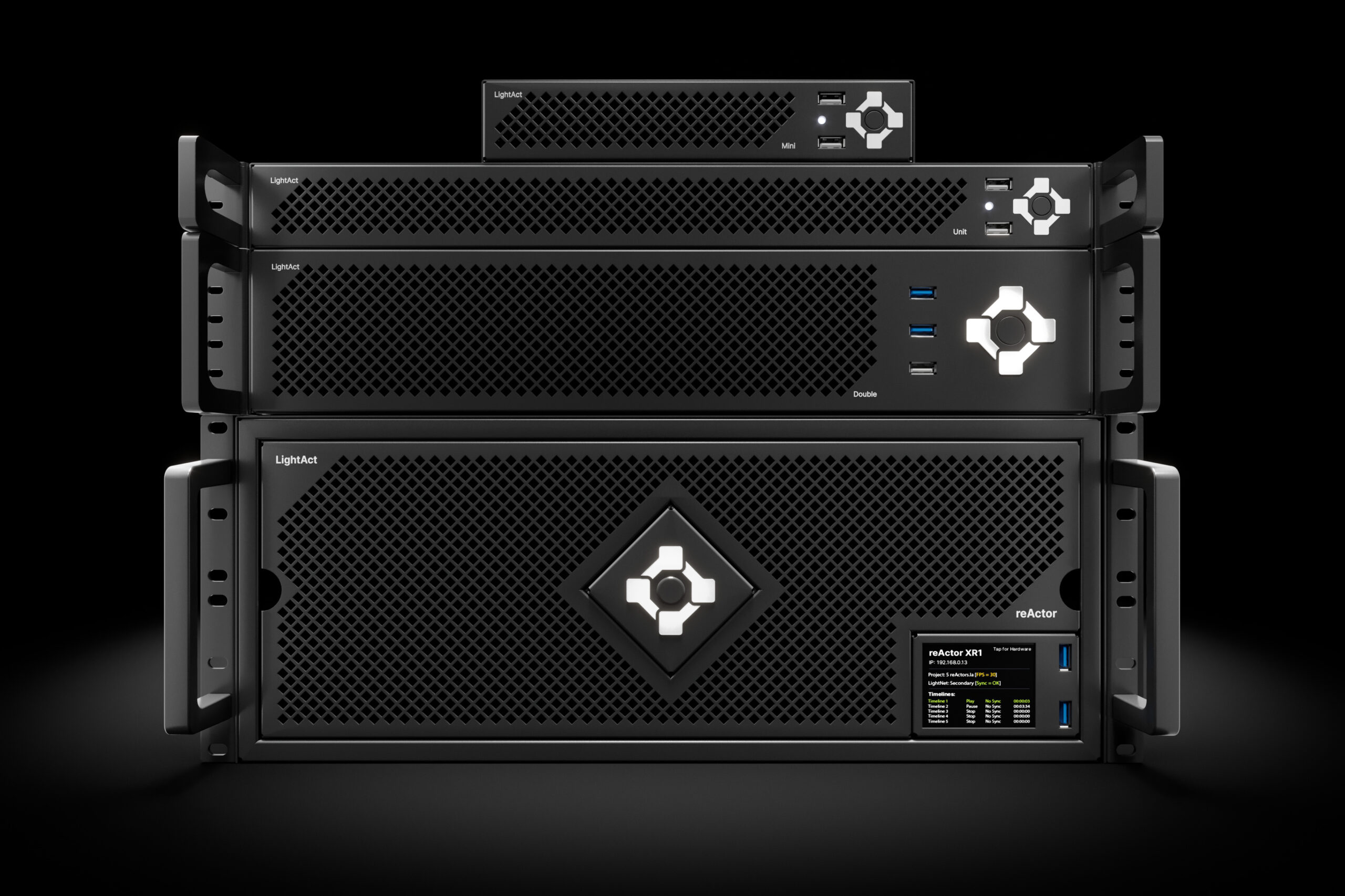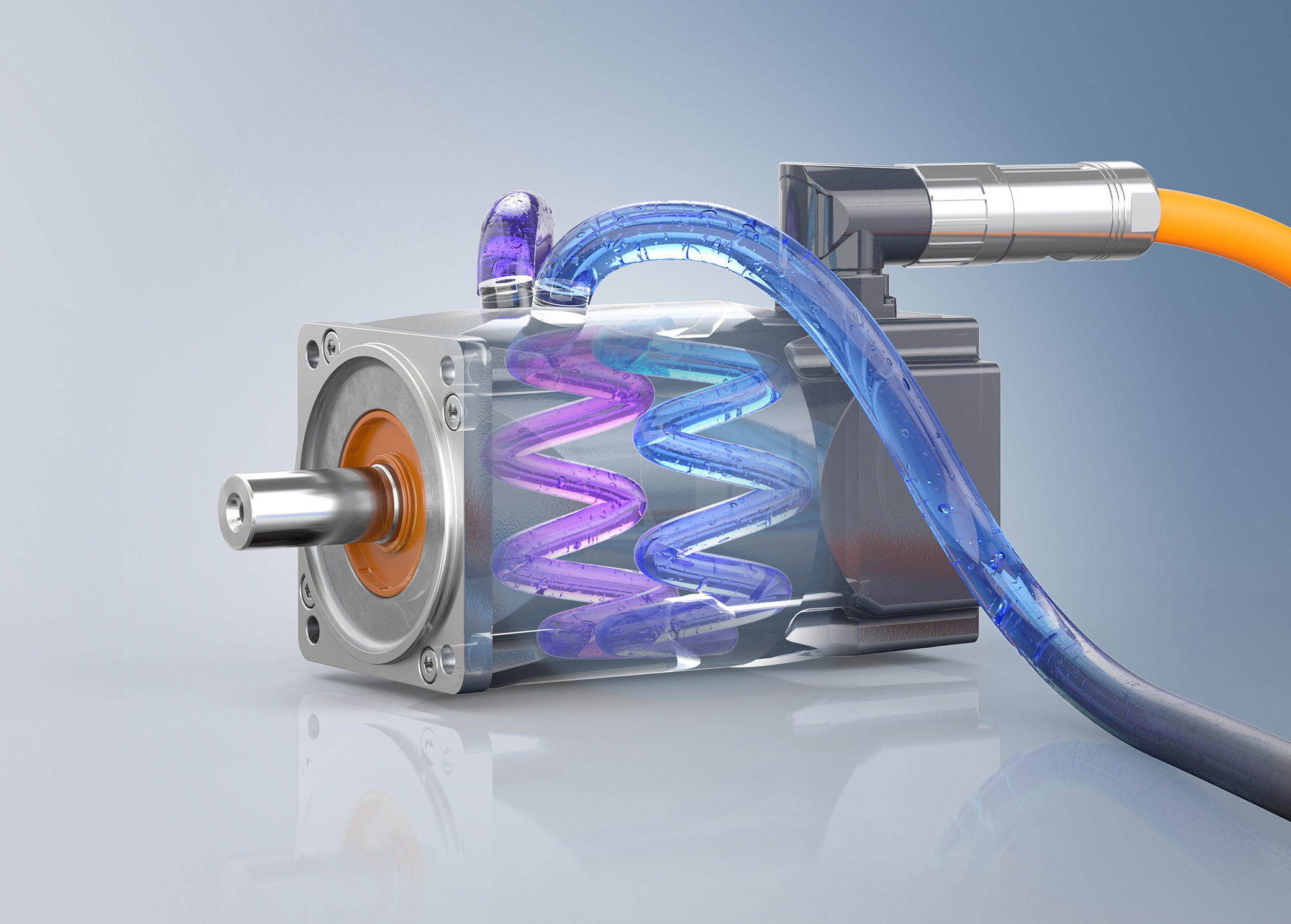FRANCE – OXO Light is lauching its LED Funstrip, an energy-saving LED version of its Funstrip batten. LED Funstrip replaces the traditional MR16 lamps of Funstrip with 10 x 9W warm white LED sources, each of which can be controlled individually. The long LED life (50,000 hours) means the lightsources are replaced less often, saving on material and labor costs, especially beneficial in fixed installations such as television studios or display lighting.
More details from OXO Light (http://www.oxolight.com):
FRANCE – OXO Light has announced the launch of its LED Funstrip, an energy-saving LED version of its Funstrip batten.
LED Funstrip replaces the traditional MR16 lamps of Funstrip with 10 x 9W warm white LED sources, each of which can be controlled individually. The long LED life (50,000 hours) means the lightsources are replaced less often saving on material and labor costs, especially beneficial in fixed installations such as television studios or display lighting.
LED Funstrip also saves on power costs as it uses only 90W (max) instead of the 750W of its tungsten counterpart, making it a ‘green’ alternative.
Its warm white (3000K) color temperature allows perfect matching with existing tungsten lighting and a choice of two dimmer modes – linear or tungsten – ensures versatile 0-100 percent dimming that will fit existing and new systems alike.
The low heat dissipation afforded by the LED lightsources makes LED Funstrip the ideal fixture to integrate into décor and set design without danger of heat damage. The low heat levels also allow the use of standard color filters.
LED Funstrip can be controlled by DMX512 using 7-16 DMX channels and is fully RDM compliant. Sixteen internal programs can be accessed via the multifunction LCD display or remotely via DMX.
“This is possibly the most discreet product revolution ever seen in our market,” says Valère Huart of Ayrton, the worldwide distributor of OXO Light products. “The LED Funstrip has the same housing as the halogen version, gives the same effect and exhibits the same color temperature. The only difference is the improved cost of maintenance and power consumption!”


